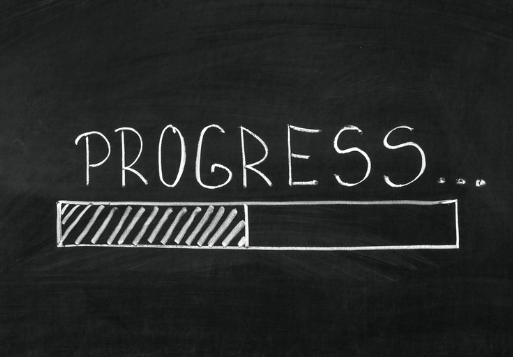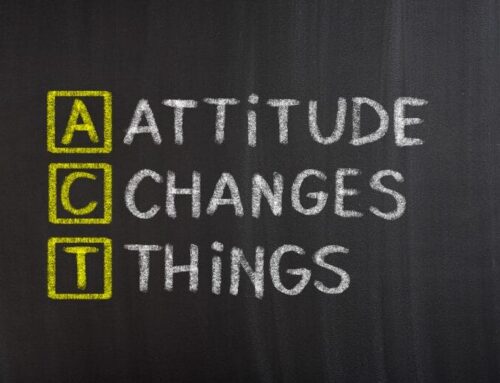Barely a week goes by without a headline exposing a corporate culture gone bad. Beloved brands and household names turn out to be hotbeds of bullying, burnout, harassment, unreasonable expectations, blaming and shaming – these cultures are truly toxic. According to MIT research, about one in nine Americans think their workplace is toxic; and toxic work culture is the number-one reason people cite for leaving their jobs.
And yet a great corporate culture is a significant competitive advantage – 94% of entrepreneurs and 88% of job seekers say that a healthy work culture is vital for success. Add to that the fact that we are living in an age of transparency. In the past your workplace culture could have been hidden, in the shadows while your brand continued to shine. Now, there is little to no delineation between culture and brand; employee experience and customer experience. And as the media headlines keep showing us – bad cultures don’t stay hidden for long.
So why is culture change still so slow in our organizations, teams and departments?
Five reasons why culture change is so slow:
- Resistance to Change: People are often resistant to change, especially if it threatens their status quo, job security or comfort. Change can be perceived as a threat to the stability of the organization, so employees may be hesitant to embrace it, leading to slow progress in culture change.
- Lack of Leadership Support: Without strong leadership buy-in and support, culture change efforts may struggle to gain traction. Leaders need to be actively engaged in promoting and modeling new cultural values and behaviors. If leaders do not support culture change, employees are less likely to adopt new ways of working.
- Employee Burnout: Many organizations are experiencing increased levels of employee burnout due to the pandemic and other stressors. Employees may have limited bandwidth to engage in additional change efforts, which can slow down the pace of culture change.
- Lack of Resources: Culture change requires investment in time, people, and resources. Without this investment it is difficult to make meaningful progress. For example, if an organization does not dedicate the necessary training and development programs to help employees develop new skills, culture change may be slow or stalled.
- Deeply Embedded Behaviors: Changing an organization’s culture requires shifting deeply embedded behaviors and norms. This can take time and effort, particularly if those behaviors are reinforced by processes, systems, or structures. Cultural change requires a multi-pronged approach that addresses these underlying behaviors and the systems that support them.
Culture change is never easy – it takes committed effort, planning and resources. It means a thorough examination of values and purpose if you want your people to come on this journey with you. One of the challenges I’ve seen with organizations who want to experience a culture change is the fear of resistance to the time required to understand and apply new behaviors across the enterprise. Culture change doesn’t happen when only a few align with the revised culture and values, it requires commitment at every level of the organization.
Here are five areas of focus for leaders who want to sustainable culture change:
- Start with Leadership: Leaders play a critical role in shaping an organization’s culture. To improve culture change, leaders need to model the desired behaviors and values, communicate the importance of change, and provide support and resources to make it happen.
- Involve Employees: Seek input, engage in two-way communication, and provide opportunities for feedback and collaboration.
- Create a Clear Vision and Plan: To successfully change an organization’s culture, it is important to have a clear vision of the desired future state and a detailed plan for how to get there. The plan should include measurable goals, timelines, and key performance indicators to track progress and hold the organization accountable.
- Prioritize Training and Development: Changing an organization’s culture often requires new skills, knowledge, and behaviors. To improve culture change, organizations should prioritize training and development programs that help employees build the necessary competencies to support the desired culture. Culture is not static, the training needs to be embedded with repeatable behaviors and robust feedback loops.
- Align Processes and Systems: Culture change is not just about changing behaviors and attitudes, but also about aligning processes and systems to support the desired culture. To improve culture change, organizations should examine their policies, procedures, and systems to ensure they are consistent with the desired culture and promote the right behaviors and values.
You get the culture you design – what are you doing to design a great one?






